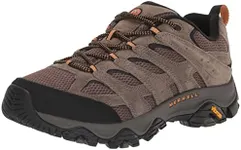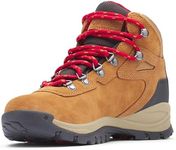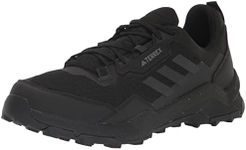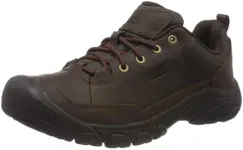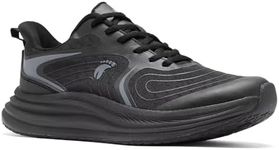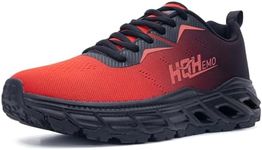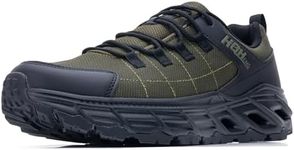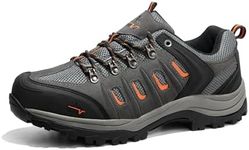Buying Guide for the Best Lightweight Hiking Shoes
Choosing the right lightweight hiking shoes is crucial for a comfortable and enjoyable hiking experience. The right pair will provide the necessary support, comfort, and durability while being light enough to not weigh you down. When selecting hiking shoes, consider the terrain you'll be hiking on, the distance you'll be covering, and your personal comfort preferences. Here are some key specifications to consider when choosing lightweight hiking shoes.WeightWeight is a critical factor in lightweight hiking shoes. Lighter shoes reduce fatigue and make it easier to cover long distances. Generally, lightweight hiking shoes range from 1 to 2 pounds per pair. If you plan on long hikes or multi-day trips, opt for shoes on the lighter end of the spectrum. For shorter hikes or if you need more support, slightly heavier shoes might be acceptable.
MaterialThe material of the hiking shoes affects their weight, durability, and breathability. Common materials include synthetic fabrics, mesh, and leather. Synthetic and mesh materials are lighter and more breathable, making them ideal for warm weather and dry conditions. Leather is more durable and offers better protection but is heavier. Choose materials based on the climate and terrain you will be hiking in.
Support and CushioningSupport and cushioning are essential for comfort and injury prevention. Lightweight hiking shoes typically have less cushioning than heavier boots, but they should still provide adequate support for your feet. Look for shoes with good arch support and a cushioned midsole. If you have flat feet or high arches, consider shoes with additional support features. For rough or uneven terrain, more cushioning can help absorb impact and reduce strain on your feet.
TractionTraction is important for maintaining stability on various surfaces. The outsole of the shoe should have a good tread pattern to provide grip on rocks, mud, and loose dirt. Shoes with deeper lugs offer better traction on rugged terrain, while shallower lugs are suitable for well-maintained trails. Consider the type of terrain you will be hiking on and choose shoes with appropriate traction to ensure safety and stability.
FitA proper fit is crucial for comfort and preventing blisters. Lightweight hiking shoes should fit snugly but not be too tight. There should be enough room in the toe box to wiggle your toes, and the heel should be secure to prevent slipping. Try on shoes with the socks you plan to wear while hiking and walk around to ensure they are comfortable. If you have wide or narrow feet, look for brands that offer different width options.
Water ResistanceWater resistance is important if you plan to hike in wet conditions or cross streams. Some lightweight hiking shoes come with waterproof membranes like Gore-Tex, which keep your feet dry while allowing breathability. However, waterproof shoes can be less breathable and heavier. If you mostly hike in dry conditions, you might prefer non-waterproof shoes for better ventilation. Consider the typical weather and terrain of your hikes when deciding on water resistance.
DurabilityDurability ensures that your hiking shoes will last through many adventures. Lightweight hiking shoes may not be as durable as heavier boots, but they should still withstand regular use. Look for shoes with reinforced areas, such as the toe cap and heel, and high-quality stitching. If you hike frequently or on rough terrain, prioritize durability to avoid having to replace your shoes often.
